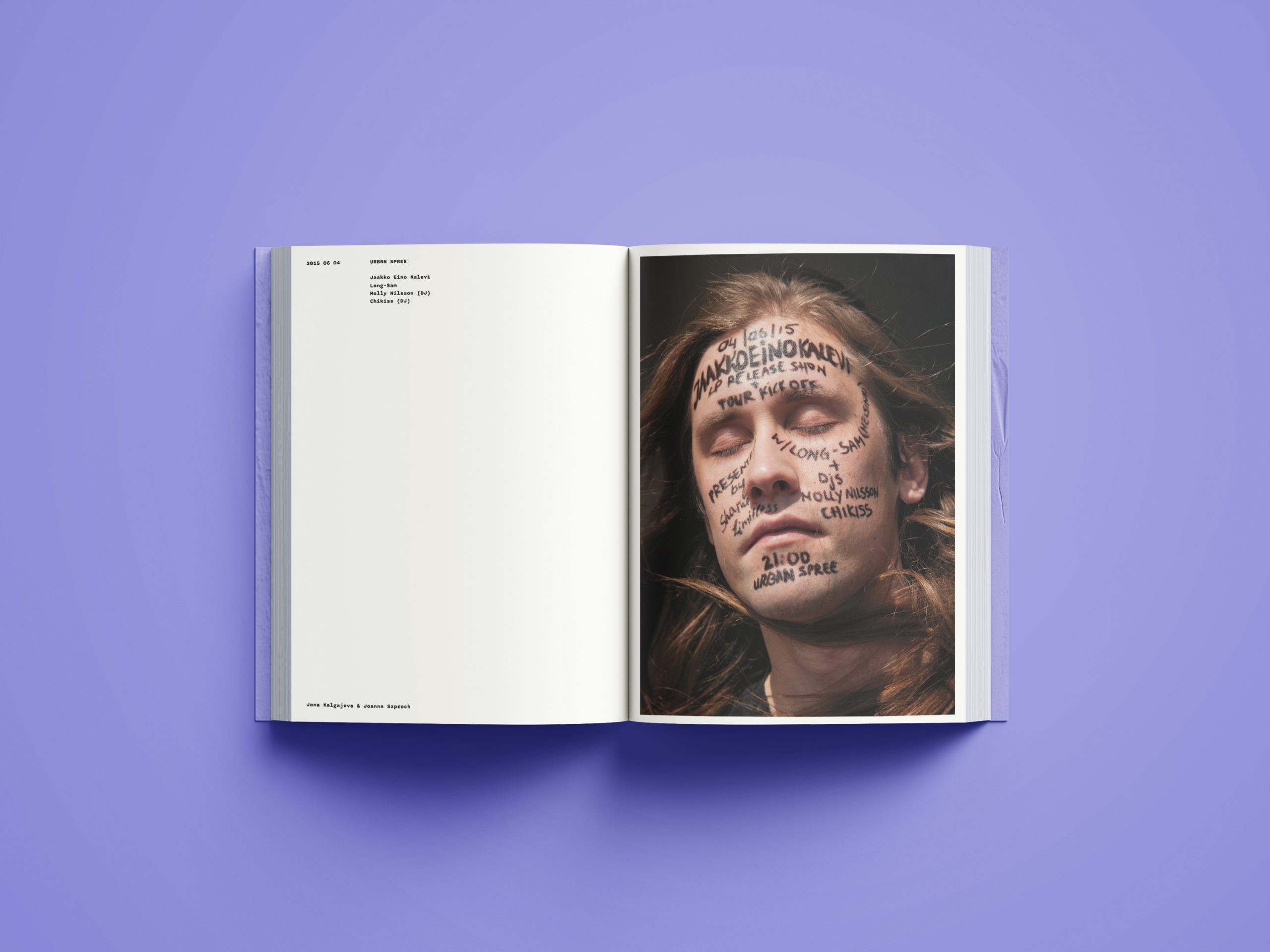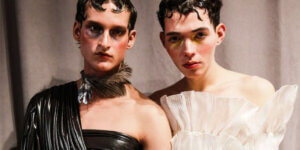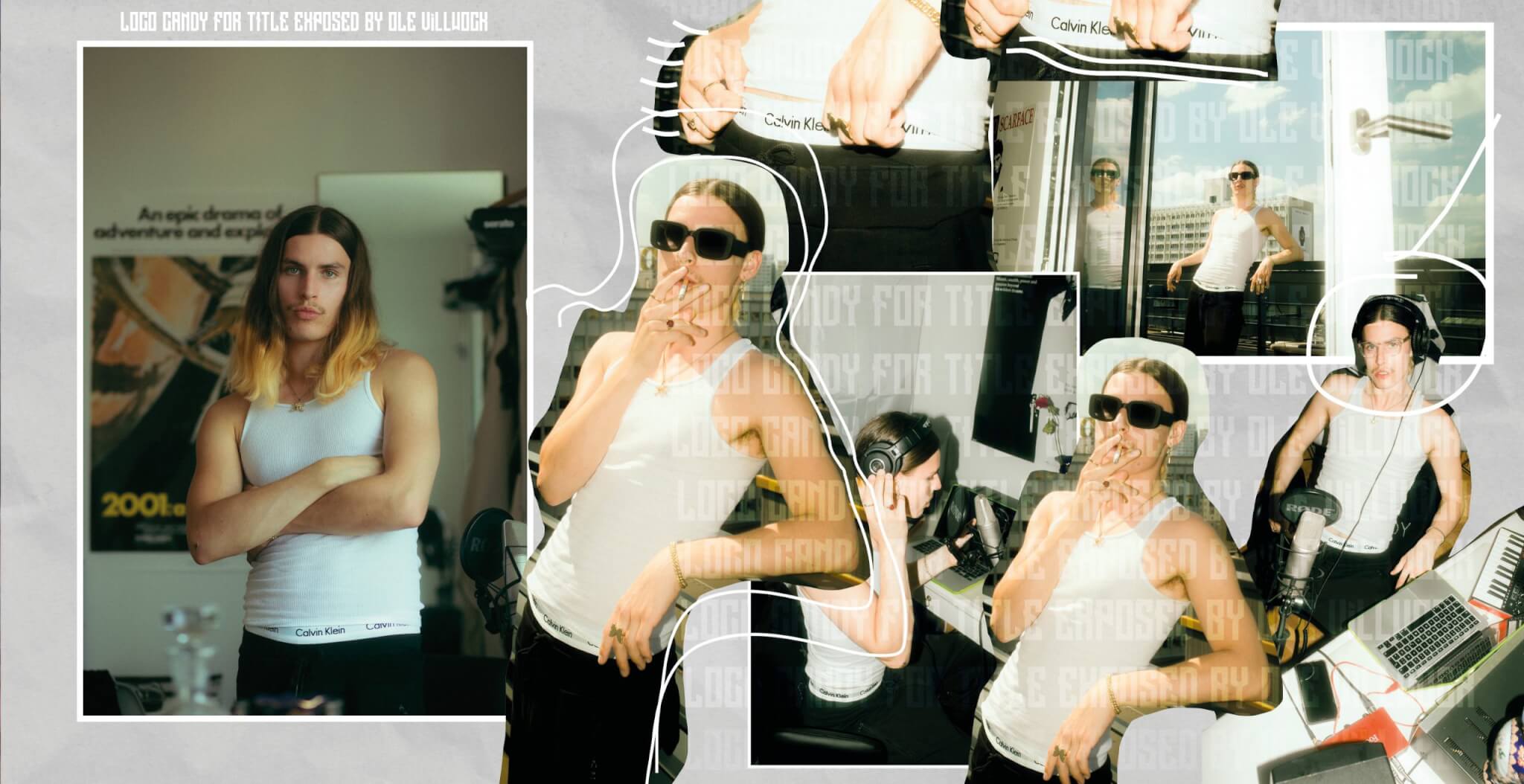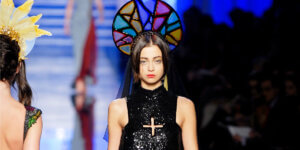Brad Pitt, Justin Bieber, Florence Pugh, Priyanka Chopra, Paris Hilton, Rhianna, Kylie Minogue. If you thought I was reading out last year’s Met Gala guest list you would be wrong. These are just a few of the mega-celebrities that are known to be seen trackside at Formula 1 races. Far from the niche sport it used to be, F1 is gaining in popularity thanks to a concerted effort by new management that is attempting to change the face of the sport and bring in new audiences. The secret behind it all? Fashion, and by extension, young women.
F1 has long been associated with big money and big celebrities. Even if you’ve never watched a single race, you can close your eyes and picture the scene: Riviera sun glints off a carbon fiber death machine in the streets of Monaco, a magnum of Dom Perringon explodes over the head of a man dressed head to toe in leather, the words Ferrari and Marlboro hand stitched in red silk across his chest, beautiful women like Grace Kelly or Naomi Cambell perch delicately in the background, hair wrapped, sunglasses on. This is a scene for the elite of the world: it’s aspirational, glamorous, but ultimately inaccessible.
But while Formula 1 used to be only for the mega-wealthy elite men of the world–you know, the sort who can afford to be interested in cars that cost millions and serve no real function–the times are changing. Like many industries, F1’s new management realized that keeping people out, appearing unattainable and inaccessible, isn’t the way forward. Whereas in the past, F1 partnered mainly with major luxury brands like Rolex and Louis Vuitton, the sport has pivoted in the last 20 years, working now with other types of unexpected brands alongside the luxury ones.
F1 and advertisement
Perhaps the most iconic is Ferrari and Marlboro’s sponsorship with F1 legend Michael Schumacher in the 1990s. The marriage of the easily accessible cigarette and the helplessly unattainable sports car created a perfect balance for brand deals that opened up new audiences to capitalize on.
This is just one example of a major shift in the world of advertising that has been underway for a while now, that of micro-influencers. Abercrombie knew best that sometimes the popular kids in a suburban high school will have more cultural sway than a major celebrity. Give the girl next door an iPhone and have her post in a way that looks personal but is actually advertising. This devilishly clever marketing technique has been reproduced ad nauseum to create the economy of micro-influencers, where the (seeming) democratization of fashion works emotionally on us normal folk to make the glitz and glam of the glitterati world seem attainable. (If she can have it, why can’t I?)
For those who missed their Marxism 101 class, here’s a massively oversimplified explanation of how the culture industry works: mass media cultivates false psychological needs that can only be filled by the products of capitalism. But in order for those false psychological needs to have such a power over us, we need to perceive them as possibly fulfillable. Brands understand this. Your chances of going to the Met Gala are next to none, but an F1 race track? That’s completely possible, now more than ever.
Formula 1 Las Vegas
In recent years, F1 has massively extended their broadcasting, making it easier to watch races, and sparked new interest through the successful Netflix series Drive to Survive. Plus, with the return to Las Vegas in 2023 after 40 years of absence and the reopening of races to the public in 2020, attendance has reached an all-time high. In 2023 a total of 6.15 million people attended races, making it a perfect place to see and be seen for micro-influencers and celebrities alike. A new marketplace for advertising that brands are eager to make use of.
Brands also understand that women drive 70-80% of all consumer purchasing and nowhere is that more clear than with fashion. This was certainly in mind when the Liberty Media took over managing the sport from Bernie Ecclestone and Co. in 2017. The new management has put much effort into initiatives that promote women’s involvement “including bloggers, reporters and programs designed to promote female drivers.” And while these efforts have succeeded in raising the female percentage of the fanbase from 40% to 48%, aligning sports and fashion by appealing to young female audiences is proving time and time again to be extremely profitable (I mean, just look at what Taylor did for the Superbowl).
One doesn’t have to look very far to see Formula 1’s influence on fashion. From the iconic Micheal Schumacher to Rosalia’s Motomami, the motocore aesthetic is the biker chick’s more sophisticated older sister. Just like the advertising practices that fuel the industries it is born from, F1 fashion is a mix of glamor and grunge, the everyday and the special occasion, masculine and feminine. And as F1 grows into its new skin as a sport for all, even for women, we can’t wait to see how far the girls take their looks.
*Header: Rosalia’s concert in Madrid by Tamy Mauri via Rolling Stone.




























